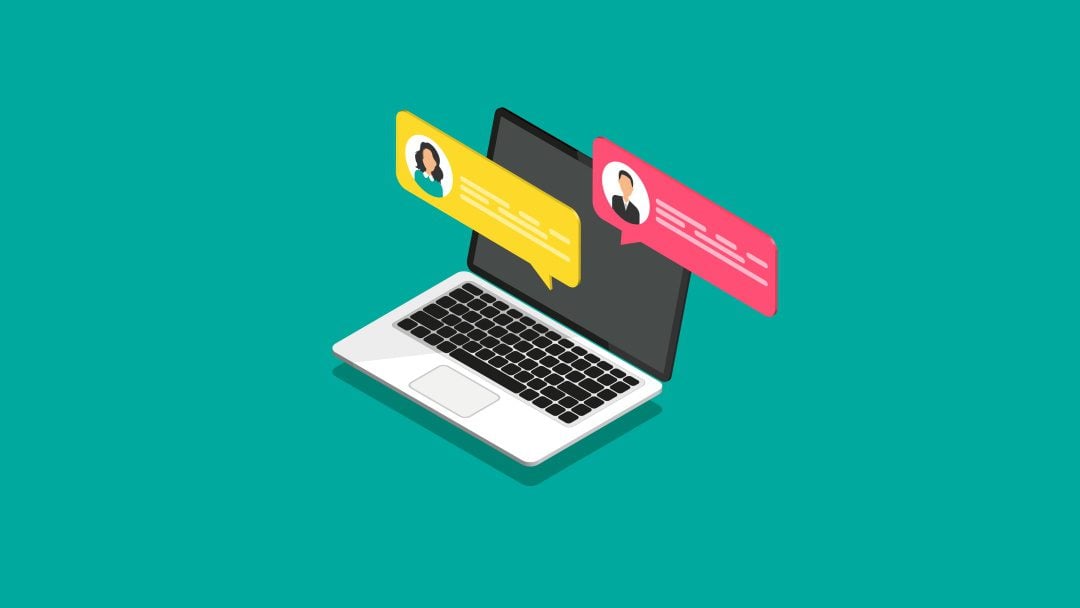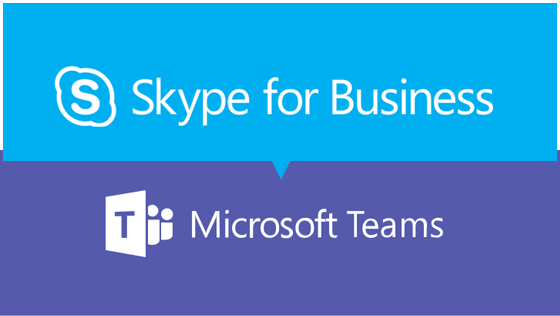
What is DevOps?
DevOps (Development & Operations), a design and operations system, is an approach that works closely with software developers and operations. DevOps was developed in 2009 with the aim of improving communication and integration development and operations in order to benefit fully from modern software development approaches.

The entire range of application management operations has become considerably more complex in this complex environment. At the same time, software applications must be designed, developed, deployed, architected, and monitored via an ongoing, never-ending lifecycle. DevOps is an agent of change in the current business environment, which supports such complex applications.
The clear answer to the frequently asked question, “What is DevOps” is DevOps is a collaborative, team-based approach to technology delivery that leverages experts with cross-functional development and organizational expertise to address issues relevant to applications.
Characteristics of a good DevOps
Corporations and companies have varying degrees of success in introducing and implementing a DevOps system for their IT departments, these are the common characteristics they show:
1. Short, iterative development cycles
DevOps allows an organization to develop and launch new products and services more efficiently through a build-measure-learn process, beginning with minimally viable products (MVPs) running on the production infrastructure.
2. Driven by Metrics
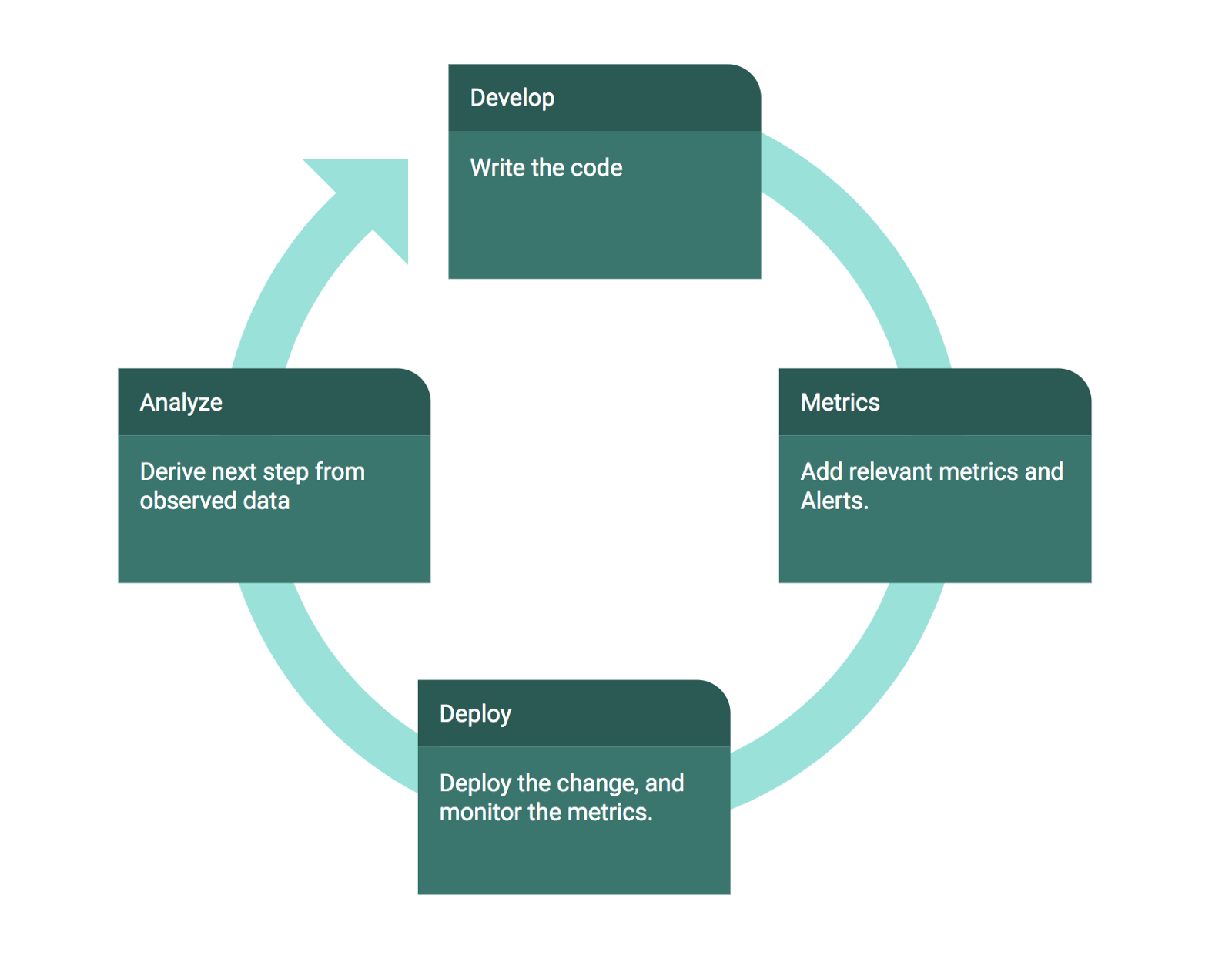
Use lean startup methodologies, evaluating ideas, and designing of MVPs offers immediate feedback to product or service creators and backers, providing valuable data to decision-makers on the continued feasibility of the current process.
If a pivot is required to align the plan more closely with the organizational and strategic priorities, the indicators will support that decision.
3. Focused on People

Even in library systems with a single member, the DevOps team of a library must always concentrate on the people being served. Professional resources and technology departments of the library need to guide research and decision-making based on the actual use of members of the library system and the interest of library leadership in looking for the edges of their populations.
DevOps working Lifecycle
DevOps principles are not only applied throughout the lifecycle, but they include growth, operations, and business stakeholders at all times. The DevOps framework explores the challenges of serving the dynamically changing and business-critical architectures of today’s technology.
In this model, the DevOps interactions at each stage are as follows:
1. Assess

Business stakeholder feedback (for new services) and service-level agreement reviews, (for existing services) are used to define goals for new business offerings and to modify existing ones.
2. Design

At this stage design and development are given importance. The primary responsibility of design is to incorporate requirements into a software design. Business is responsible for educating production on specific requirements, as well as evaluating the project and signing it off.
3. Develop

Development is ultimately responsible for building software that meets the needs of the business. Operations are introduced when necessary to support development teams in building and testing environments and/or to advise on network requirements and expected delivery times.
4. Test

While Development and QA teams perform unit and integration testing, Operations participates in integration and load testing to assess operational readiness.
5. Release

This is the traditional handoff stage of DevOps, but the handoff in this scenario is a change in leadership roles versus a shift in responsibility. Development and Operations (or DevOps) teams lead this stage, while end-user acceptance processes are conducted by business stakeholders.
6. Manage

Infrastructure, systems and application management tools track manufacturing environments and applications during this phase. Service level management (SLM), quality and availability management, troubleshooting/root cause analysis and resource management solutions all track and assess the output of applications as part of ongoing assessments.
AWS DevOps
AWS DevOps with Amazon security & Amazon cloudwatch provides flexible and speedy DevOps services for companies.
Features
1. Monitoring

Enables monitoring and logs to see how the quality of software and infrastructure affects the end-user experience of their service.
2. ChatOps (AWS Chatbot)

It is the latest feature which easier to review the notification and execute commands in Slack channels and Amazon Chime chat rooms. Chatbot supports:
- Amazon CloudWatch
- AWS Health
- AWS Budgets
- AWS Security Hub
- Amazon GuardDuty
- AWS CloudFormation
3. Microservices

Microservices turn the task of building an application into several microservices. Each system operates independently and communicates with other services via a well-defined interface using a lightweight mechanism.
4. Infrastructure as Code

The cloud-driven API model allows developers and system administrators to communicate programmatically and on a scale with infrastructure, rather than setting up and configuring resources manually.
5. Continuous delivery
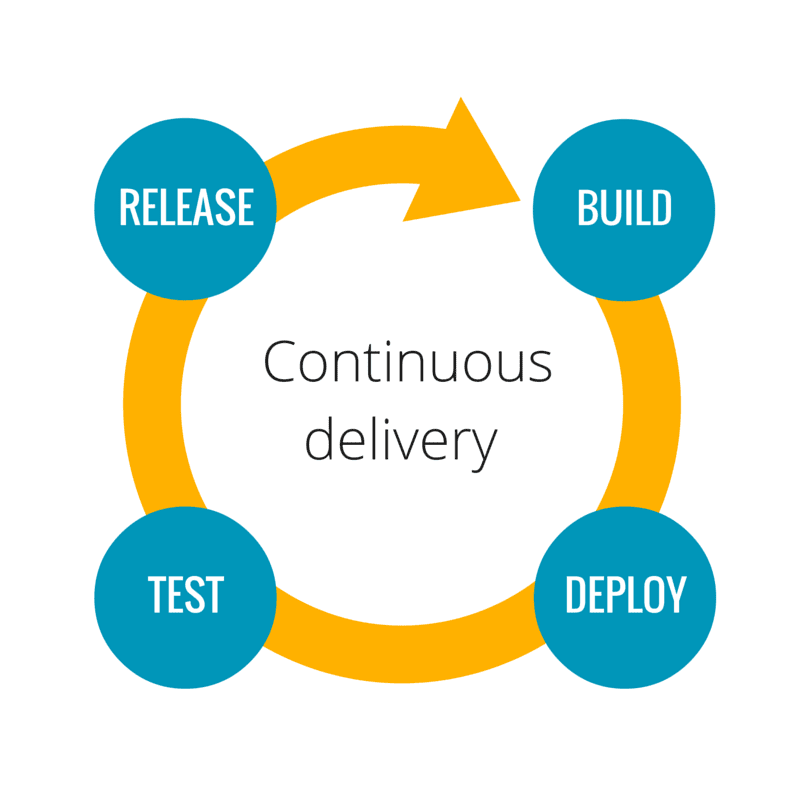
DevOps have become essential elements contributing to the rise of continuous delivery. Continuous delivery is a software development practice, the term describes an iterative and continuous process of software development, evaluation, and distribution to the desired endpoint. The destination may be a manufacturing setting, a staging environment or a set of software products.
Advantages of DevOps
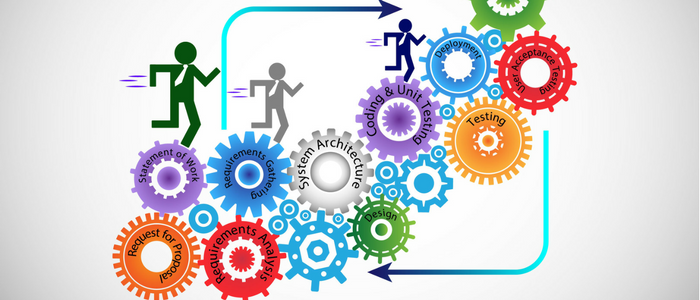
- Speed: The developers and operation team is able to get their results faster
- Scale: Operate and manage infrastructure and growth processes at scale. Automation and reliability allow you to handle complex and evolving processes effectively and with reduced risk.
- Reliability: Devops highly reliable because of the quality of application updates
- Security: You can use automatic enforcement protocols, fine-grained processes, and configuration management tools to implement a DevOps framework without compromising security.
- Collaboration: Collaboration of developer and operation using DevOps team increases efficiency and save time
In this journal, we have discussed the enhanced definition of and vividly taken a deep dive in what is DevOps. We can now understand that DevOps provides software development teams with the ability to control and accountability to deliver software efficiently and often especially for small to medium-sized enterprises in the production environment.
In this case, the capability comes from their ability to acquire new skills from operations-related tasks while operating under pressure at the same time. I also established that DevOps in companies is a long-term endeavor that, in addition to technological methods, requires a supportive culture and a mindset. Such cross-functional collaboration is most effective when supported by senior management and customers.
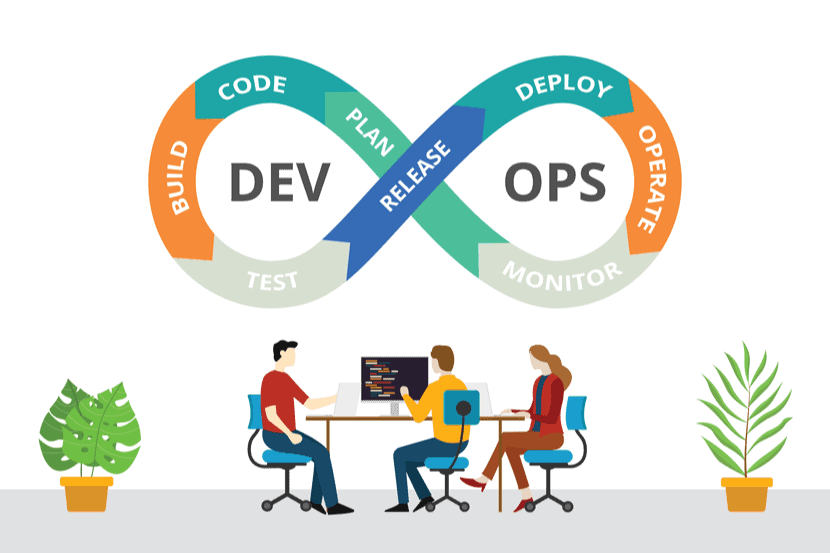

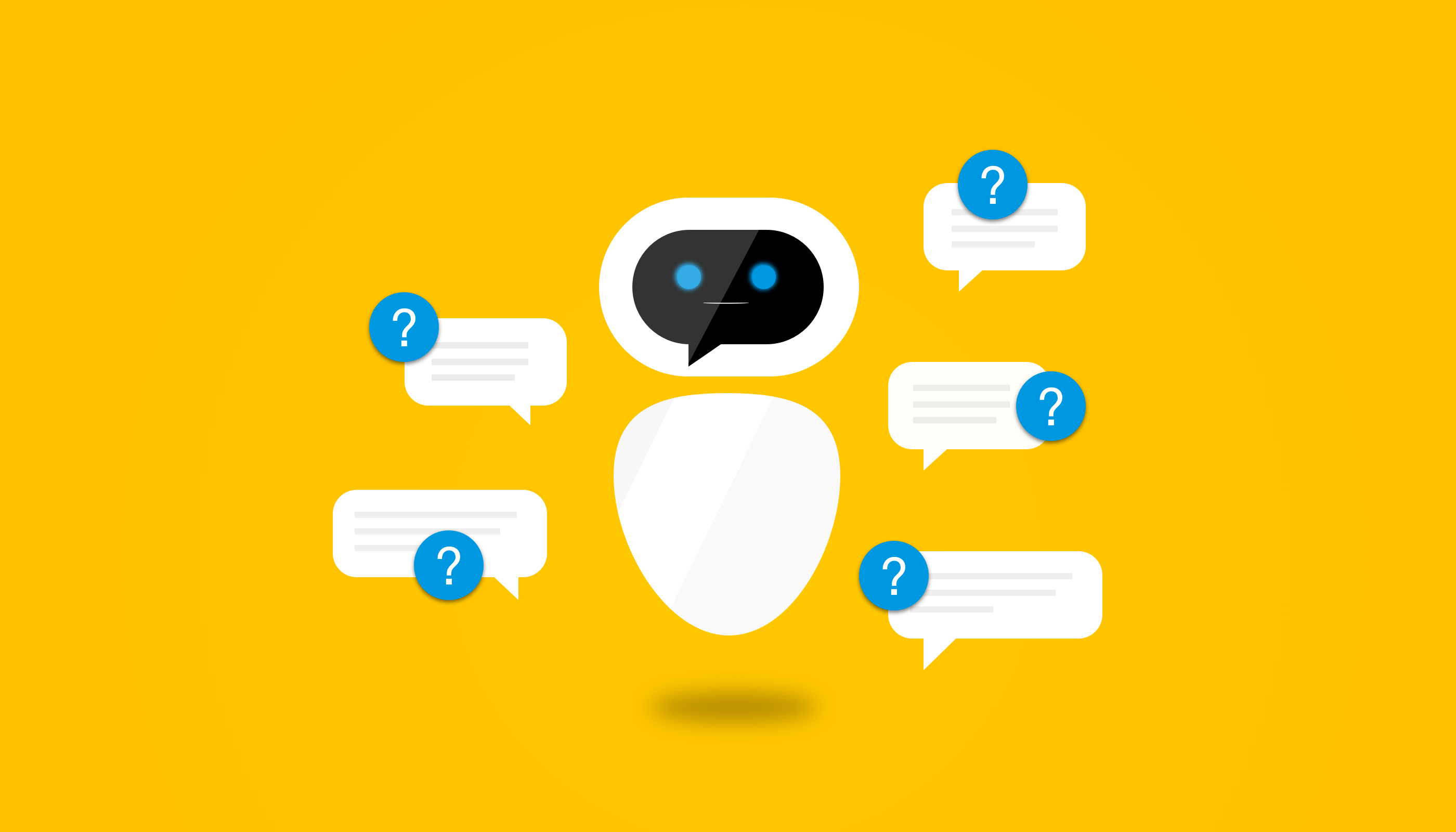
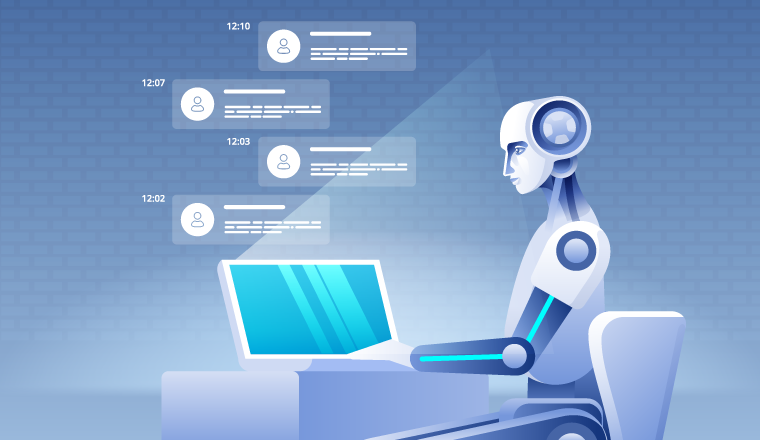

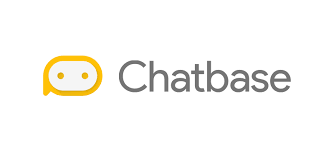

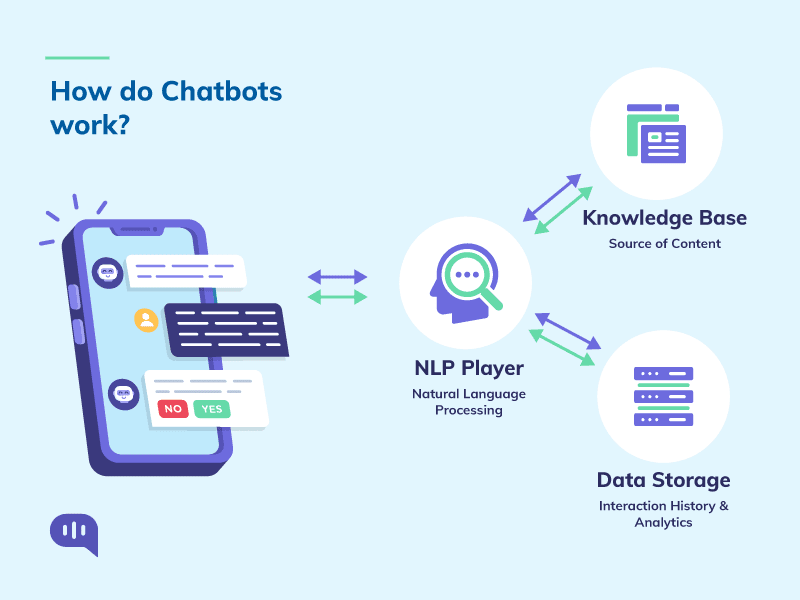
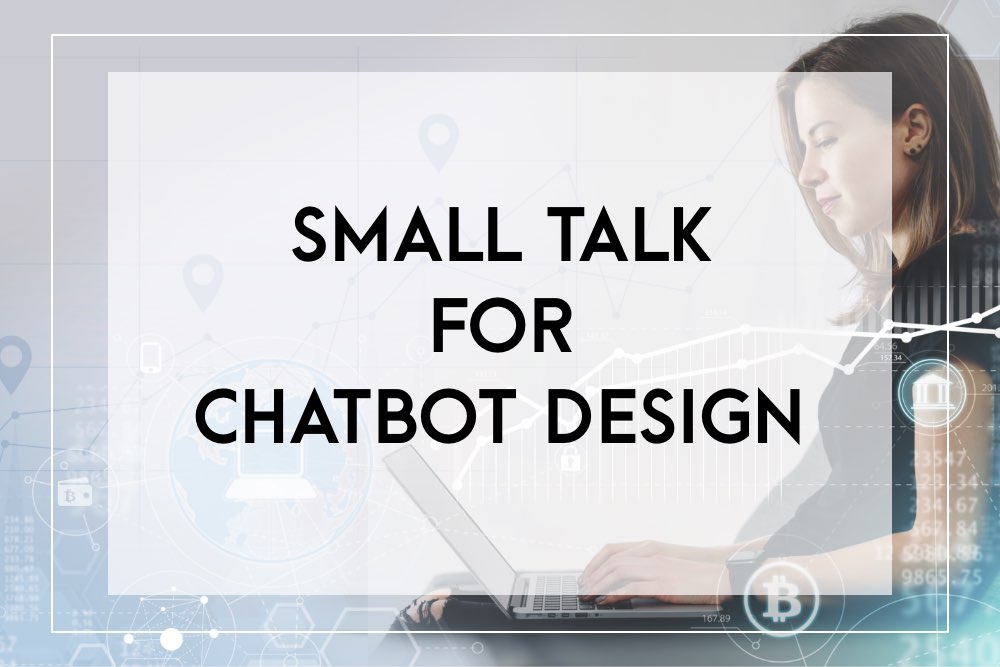

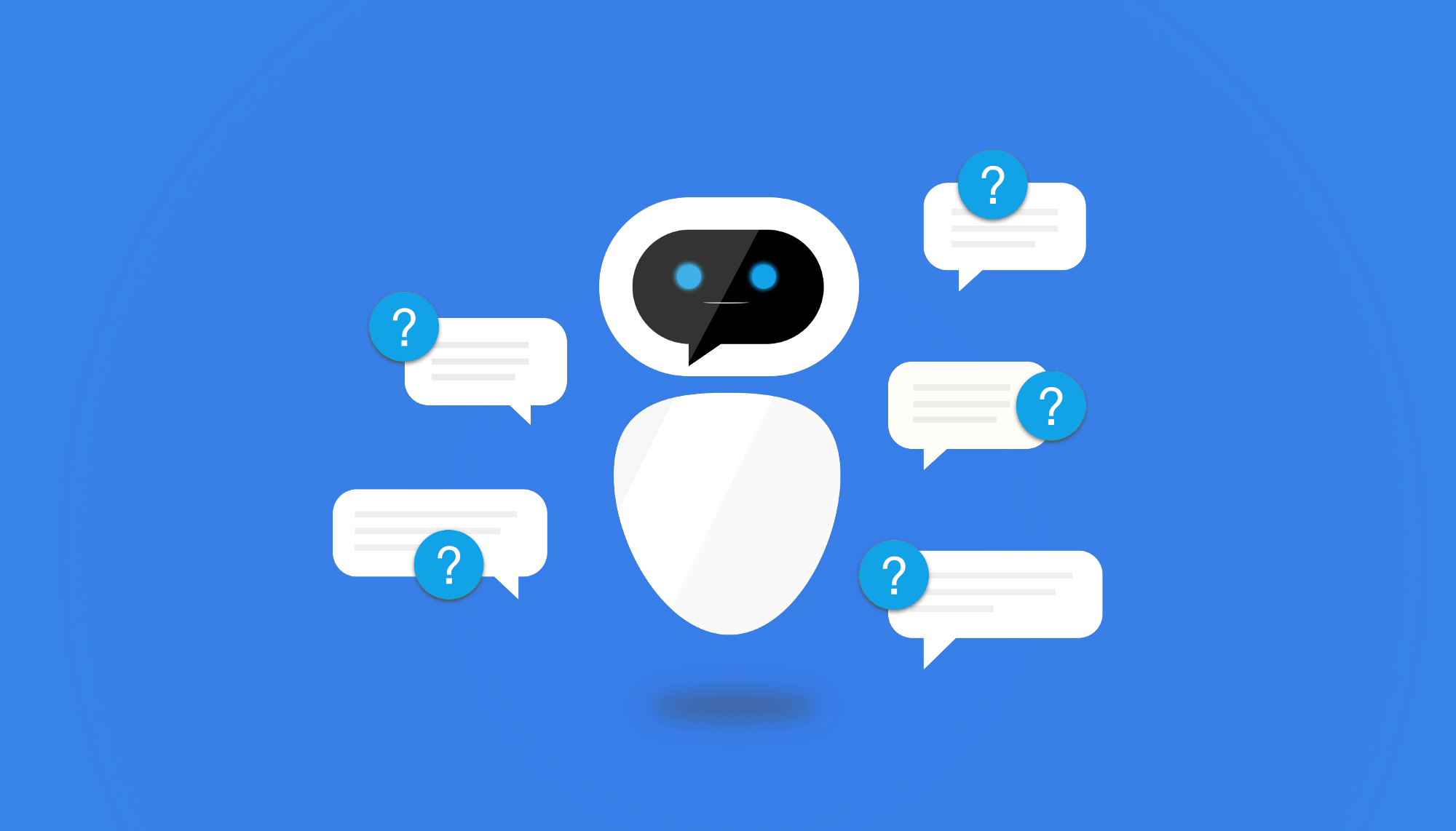




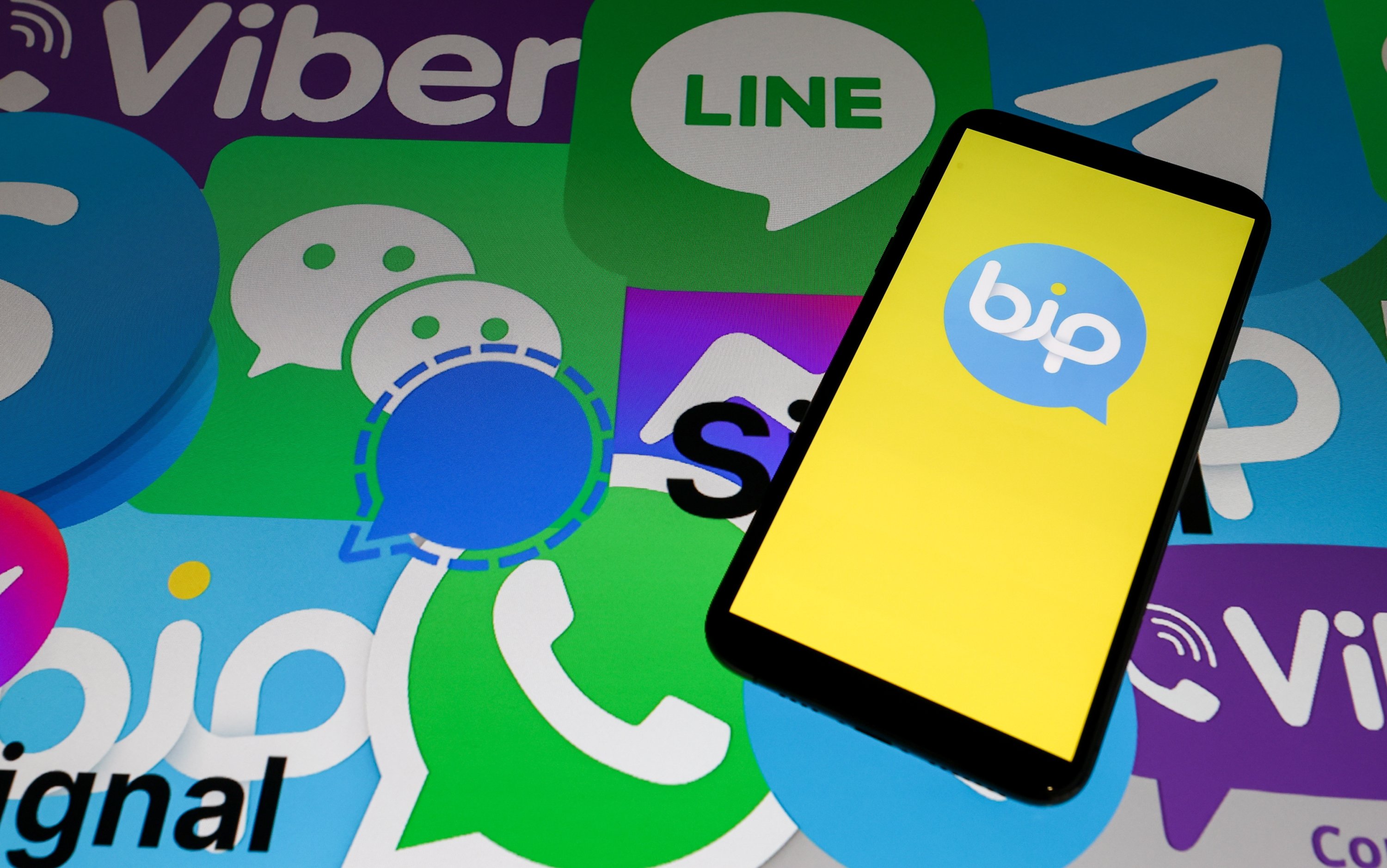







.jpg)






